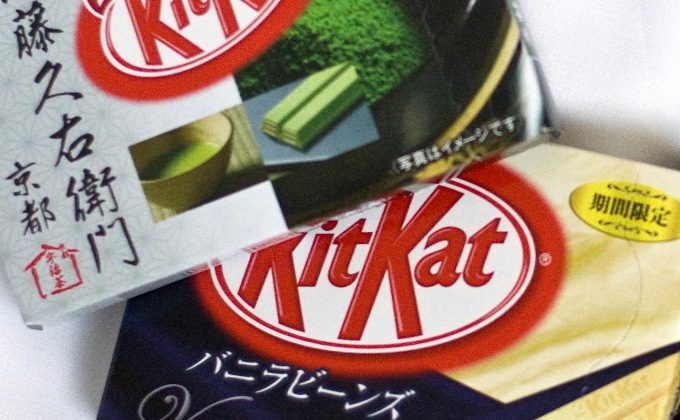We recently had Valentine’s Day season, and I had my first experience of receiving a “social obligation” gift. Japanese culture compels me to practice sanbai gaeshi (三倍返し) where I am generally expected to return a gift that is two to three times the cost of the Valentine’s gift on White Day. For the uninitiated, White Day occurs on March 14 where men who received gifts on Valentine’s Day are expected to return the favor by giving gifts.
White Day was started by the Japanese National Confectionery Industry Association in 1978 as a companion marketing initiative for Valentine’s Day. Since its humble beginnings, the event has been exported as a “globalized” product of Japanese culture and localized in countries such as South Korea, Taiwan, and China. White Day is a perfect example of localized Japanese marketing that has become a global marketing movement. The evolution of White Day is similar to the growth of Kit Kat Japan and its unique confectionary flavors as a cultural icon of Japan.
Kit Kat was born in 1911 by Rowntree’s Confectionary Company in York, UK. The current version of Kit Kat was introduced in 1935 as Kit Kat Chocolate Crisp while its famous product slogan, “Have a break, have a Kit Kat” was introduced in UK television campaigns in 1958. Nestlé acquired Rowntree in 1988 and introduced the first flavor variant, Kit Kat Orange, in 1996 to combat sluggish domestic sales. This move turned out to be a masterstroke which not only ignited sales, but also created a new product value proposition for the confectionary product. Kit Kat Japan localized this product strategy and raised it to new heights.
Kit Kat Japan first introduced the famous Green Tea flavor in 2004. By a stroke of luck, sales in Japan soared in 2005 as students snapped up the confectionary as good luck charms as the Japanese pronunciation of Kit Kat was similar to “Kitto Katsu” (“I will surely win”). Kit Kat Japan saw the opportunity of creating new product value propositions for the confectionary as a collectible item, and a unique cultural representation of the various regions, flavors, and seasons of Japan. Regional flavored Kit Kat was first introduced in 2007 and it has become a sales phenomenon for the company.
Today, Kit Kat Japan has introduced over 200 different flavors since 2000 and is the second-largest market for Nestlé. More importantly, it has managed to raise the humble confectionary into a global phenomenon and a representative cultural export of Japan. As exemplified by Kit Kat Japan, sometimes in business, you do not have to look too far ahead to spot a new market opportunity. A localized marketing initiative may become your next global hit.



